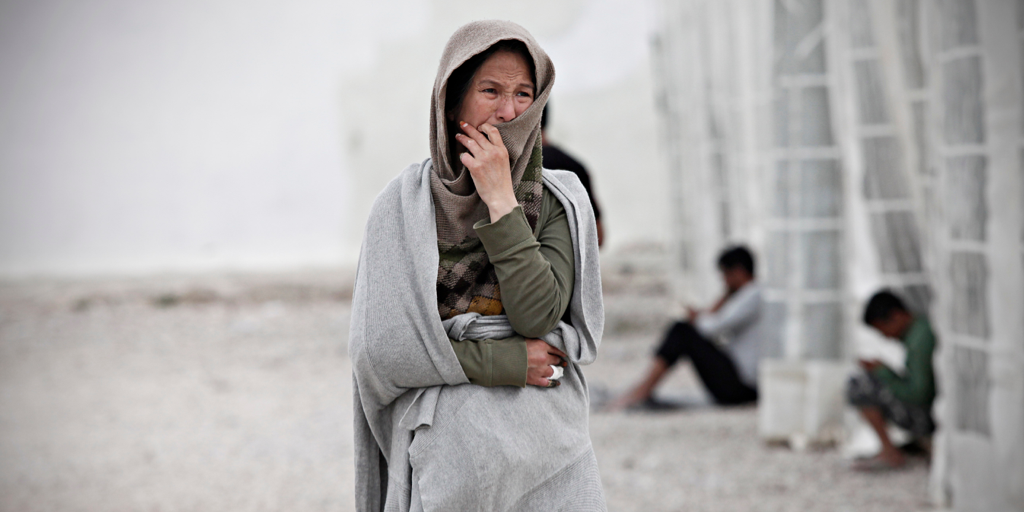“Oh, you guys party in Egypt? Women, too?” is a question I’ve had repeated to me innumerable times when I have been abroad. “Your English is so good! How come?” is another one of my favourites. These retorts were never spoken, however, with ill-intent. But, they did underline a recurring point of contention: how are Arabs being represented in the media?
The West’s portrayal of Arabs in literature (and media), for decades, has been mired in inaccurate representations that have pigeonholed a whole region into a one-dimensional set of characteristics lacking nuance.
How the Orient has been understood in relation to the Occident was thoroughly examined in 1978, when Palestinian-American professor and author Edward Said fundamentally reframed the concept of Orientalism. Orientalism sought to expose the framework behind the Occident’s portrayal of the Orient. Said argued that in the post-enlightenment era, the Occident created its own image of the Middle East, positioning people from that region as “the Other.” The skewed representation of Arabs by the West – which persists to this day to varying degrees – has historically been embedded in a “colonial discourse”; it is one with deep-seated tropes and stereotypes present in literature, art, film, and media.
These tropes, which paint the Orient as inferior to the Occident, have gone on to define the region through film, arguably up until the present. In reducing an entire region to a restricted and demeaning set of temperaments, Arabs continue to be depicted as barbaric, lazy and subservient due to the inaccurate stereotypes that find their roots in colonial mentality.
Where the Occident is superior and educated, the Orient is ignorant and violent.
Moreover, variations of these clichés have persisted well into the media of the 21st century as Arabs continue to be vilified on-screen.
Ignorance and extremism, to a great degree, are some of the traits that have come to codify Middle Easterners through the lens of the Western film industry, particularly Hollywood. Writer Jack Shaheen, who studied over 900 films released between the years of 1896 and 2000, found that Arabs were consistently depicted as “the enemy,” often characterised as extremist and uncivilised. The consequences of these misrepresentations have trickled down into the media, and onto the streets. When the Russia-Ukraine war broke out, Western journalists and pundits took to the podium to draw comparisons between Arab refugees and their Ukrainian counterparts, indirectly describing the former as uncivilised.
This kind of coverage may have been a by-product of the representation of Arabs, or lack thereof, in the entertainment industry. There have been recorded instances where films have swayed or shaped public opinion towards an ethnic group, as per a study on the impact of film on young people’s attitudes, published in 2020 by the National Library of Medicine (NHI). Several studies done in the field, over the past decades, have reached similar conclusions on the ability of films and the media to reinforce preconceived notions. What is not clear is to what degree they do so.
When it comes to the portrayal of the Middle East in films, it has either been lacking or upholding ingrained typecasts of Arabs. A study done in 2016 by the MENA Arts Advocacy Coalition (MAAC), found that between 2015 and 2016, 70 percent of MENA characters in series were portrayed as terrorists, soldiers or tyrants, while 67 percent spoke with an exaggerated foreign accent.
Conflating Arab and Muslim
Where films are concerned the representation of the Middle East, particularly in but not limited to, action and drama, is rampant with orientalist tropes. The plot of 2008 action film, Iron Man, which grossed a total of USD 201 million within the first few days of its release, sees the protagonist kidnapped by (Arab) Afghan terrorists. Whether out of insufficient knowledge on the region, or whether it was to refer to a group identified as Afghan-Arabs, the villains, who are described as Afghani in the film’s synopsis, spoke Arabic.

The depiction of Arabs in films and series has conflated a whole culture with one single religion, Islam: “All Arabs are Muslims and all Muslims are Arabs.” The industry has reduced a region brimming with diversity to one narrow portrayal, completely disregarding the nuances and complexities of its people. It has failed to make the distinction between Arab and Muslim in a region that is home to all three religions as well as a kaleidoscope of different traditions and beliefs. The constant hammering of this mentality has damaging effects in the real world.
Reporting during the Russia-Ukraine war mirrored the long-held (racist) perceptions of the Middle East (promoted by the entertainment industry), as journalists declared that the conflict was one of grave proportions simply because it was happening on the European home front – a region used to stability as opposed to the Middle East which has become synonymous with conflict, oppression and violence.
The Oppressed Arab Woman?

In Netflix’s 2018 hit Spanish series, Elite, one of the main Muslim-Arab characters falls in love with a European from her high-school. She ends up removing her veil and eventually standing up to her parents in a bid for her independence. However, this notion of the oppressed Arab woman being liberated by her European knight in shining armour, her “white saviour,” is a theme that is entrenched in orientalist views. Arab women have historically been represented as oppressed in Western film and series, with the veil – another means of othering Arabs – being used as a tool to forge that implication.
There has, however, been progress with a concerted effort for films to become more inclusive. Hulu’s series Ramy, which aired in 2019, was nominated for several awards since its release. The show follows a young Egyptian-American man as he tries to reconcile the duality of East and West present within his personality. The show resonated with many across the Arab diaspora who found themselves finally relating to a character in a Western production; it was praised for its portrayal of “an underrepresented perspective.”
However, it’s still a drop in the ocean that is the entertainment industry’s biassed narrative of Arabs. For every Ramy, there are 10 Elites and Iron Mans.
The opinions and ideas expressed in this article are the author’s and do not necessarily reflect the views of Egyptian Streets’ editorial team. To submit an opinion article, please email [email protected].







Comments (4)
[…] post How Arabs Are Being Represented in Entertainment: Are Orientalist Tropes Still Pervasive? first appeared on Egyptian […]
[…] Source link […]